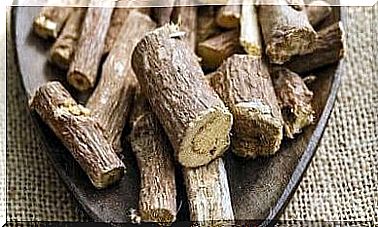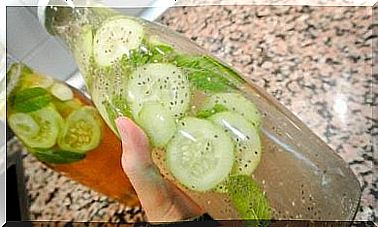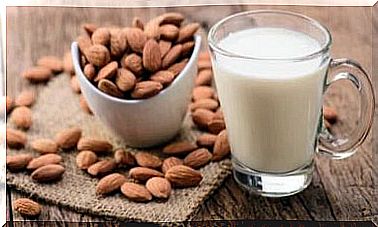Which Dairy Products Contain The Least Amount Of Lactose?
Lactose is a disaccharide made up of monosaccharides and galactose. It is a carbohydrate found in mammalian milk.
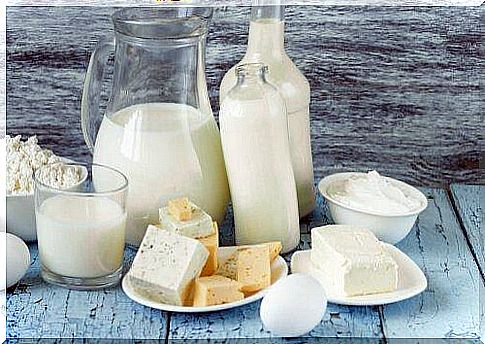
Lactose is the sugar in milk and dairy products that causes gas, stomach ache or diarrhea in many people. In order to be able to digest milk sugar, the body’s own enzyme lactase has to break it down into glucose and galctose in the small intestine. However, if this enzyme is not present or is not present in sufficient quantities, lactose intolerance occurs.
Types of lactose intolerance
A distinction is made between the following types of lactose intolerance:
- Primary ë lactose intolerance : It is a natural form and the most common type of lactose intolerance. The cause is a lack of lactase or the loss of activity of this enzyme.
- Secondary lactose intolerance : Damage to the intestinal mucosa or a reduced absorption surface can also lead to lactose intolerance. Possible causes are diseases such as Crohn’s disease, celiac disease or treatments such as chemotherapy. Parasites can also be the triggers.
- Congenital lactose intolerance : This is a congenital lactase deficiency in the small intestine, which leads to the most severe form of lactose intolerance. This genetic defect is very rare. It causes diarrhea and other complaints while breastfeeding.
Symptoms

It is important to recognize the signs that you may experience after consuming milk if you have an intolerance:
- stomach pain
- diarrhea
- nausea
- Flatulence
There are many people around the world who are lactose intolerant, but it is not considered a serious health problem. By avoiding foods containing lactose, the symptoms can be prevented.
Which dairy products are low in lactose?
Probiotic yogurt
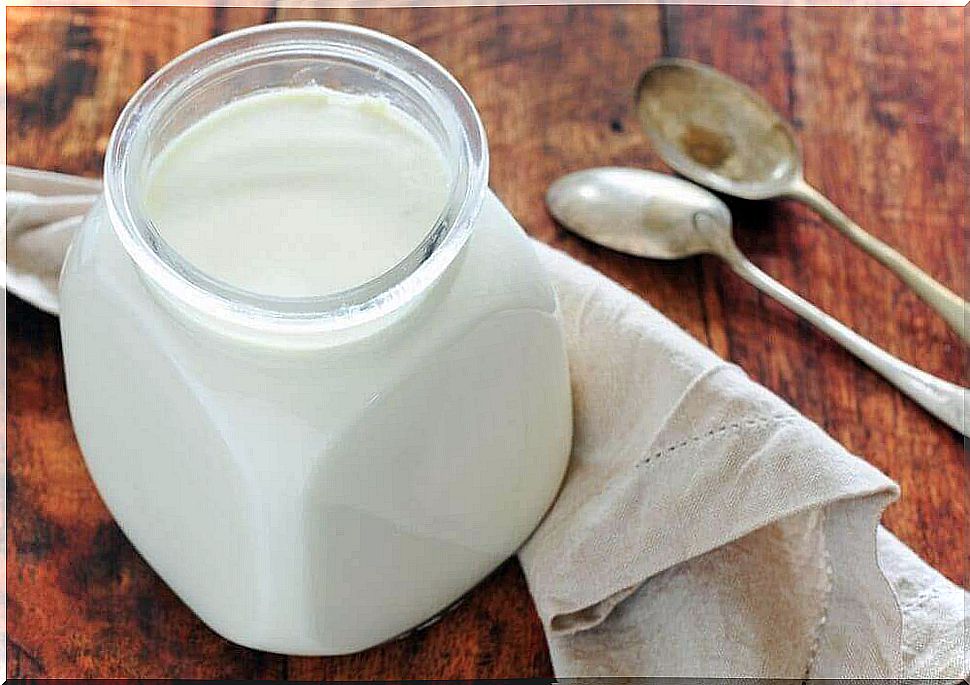
As a result of fermentation , probiotic yogurt contains less lactose than other dairy products. It contains lactic acid bacteria (Lactibacillus), which have a very positive effect on the intestinal flora.
Yoghurt contains around 25% less lactose and is therefore well tolerated by many people with lactose intolerance. The lactic acid bacteria help break down lactose. In addition, the organism is supplied with vitamins, minerals and essential fatty acids.
Aged cheese
Basically, the longer the cheese ripens, the less lactose it contains. Because during this process the milk sugar is split into glucose and galactose and converted into lactic acid.
In Germany, a cheese can be described as lactose-free if it contains less than 9.1% lactose.
Low-lactose cheeses include:
- Extra hard cheese: Due to the long aging process, this cheese contains little lactose. Those who can tolerate casein usually have no problems with it. Two examples are parmesan and Gruyere.
- Hard cheese : Hard cheese contains lactose, but only in small amounts. Many therefore tolerate types of cheese such as Manchego or Camembert.
- Cream cheese : This contains around 3% lactose. These include, for example, cottage cheese and mozzarella.
butter

Those who are lactose intolerant cannot eat all butter. In this case, opt for milk fat butter, which has only about 0.01 g of lactose per tablespoon.
During production, this butter is divided into watery and fatty components. Lactose is a water-soluble molecule, which means it is easy to remove. Even if this butter contains little milk sugar, you should be moderate!
cream
Cream consists of around 40% fat and contains only a small amount of lactose and is therefore generally well tolerated.
recommendations
- Try to include low-lactose dairy products in your diet to ensure adequate vitamin D and calcium and to prevent osteoporosis.
- Eat more fiber to improve your digestion.
- Read the ingredients list and choose lactose-free products.
- Watch out for medication, as they can also contain lactose.
- Add legumes, nuts, and soy to your diet as they are high in calcium.
- The body tolerates lactose better in combination with other foods.
- Replace cow’s milk (e.g. in desserts) with rice or oat milk. Almond or soy milk also taste good and can replace cow’s milk.
A nutritionist can help you adjust your diet so that you are not lacking any nutrients despite lactose intolerance. Seek advice from your doctor and a nutritionist.
